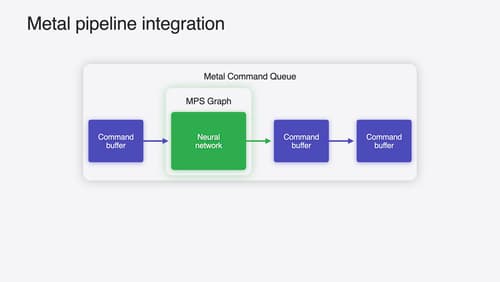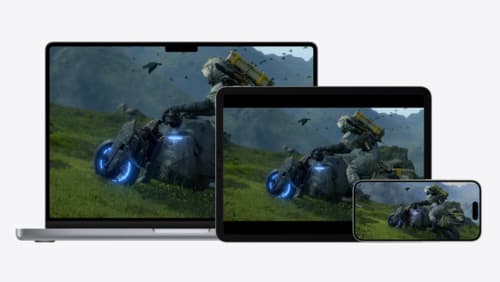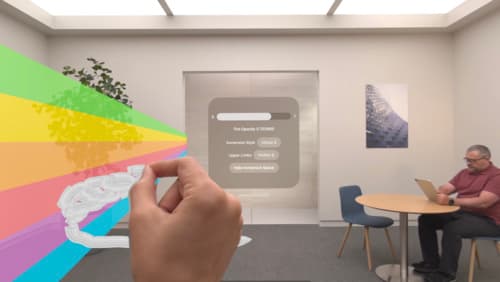What is Metal?
Asked on 2024-07-17
1 search
Metal is a modern graphics and compute API designed and optimized for Apple devices. It provides a wide range of advanced features for rendering graphics and performing computations on Apple platforms. Metal is used extensively in various applications, including game development and machine learning.
Key Features of Metal:
- Graphics Rendering: Metal offers advanced graphics capabilities, including support for ray tracing, mesh shaders, and tessellation shaders. It allows developers to create high-performance graphics for games and other visual applications.
- Compute API: Metal also serves as a compute API, enabling developers to perform general-purpose computations on the GPU. This is particularly useful for tasks like machine learning and scientific computations.
- Metal Performance Shaders (MPS): MPS is a framework built on top of Metal that provides optimized functions for image processing, linear algebra, and machine learning. It includes MPS Graph, which allows for constructing and running general-purpose compute graphs.
- Machine Learning: Metal supports various machine learning frameworks such as TensorFlow, PyTorch, and JAX. These frameworks leverage Metal for GPU acceleration, enabling efficient training and inference of machine learning models.
- MetalfX: This feature allows for upscaling lower resolution images to higher resolutions efficiently, which is particularly useful in gaming to improve performance without sacrificing visual quality.
Relevant Sessions from WWDC:
- Port advanced games to Apple platforms (Shaders)
- Train your machine learning and AI models on Apple GPUs (Training frameworks on Apple silicon)
- Accelerate machine learning with Metal (Transformer support)
For more detailed information, you can refer to the Metal documentation and the specific WWDC sessions mentioned above.

Accelerate machine learning with Metal
Learn how to accelerate your machine learning transformer models with new features in Metal Performance Shaders Graph. We’ll also cover how to improve your model’s compute bandwidth and quality, and visualize it in the all new MPSGraph viewer.

Port advanced games to Apple platforms
Discover how simple it can be to reach players on Apple platforms worldwide. We’ll show you how to evaluate your Windows executable on Apple silicon, start your game port with code samples, convert your shader code to Metal, and bring your game to Mac, iPhone, and iPad. Explore enhanced Metal tools that understand HLSL shaders to validate, debug, and profile your ported shaders on Metal.

Render Metal with passthrough in visionOS
Get ready to extend your Metal experiences for visionOS. Learn best practices for integrating your rendered content with people’s physical environments with passthrough. Find out how to position rendered content to match the physical world, reduce latency with trackable anchor prediction, and more.
